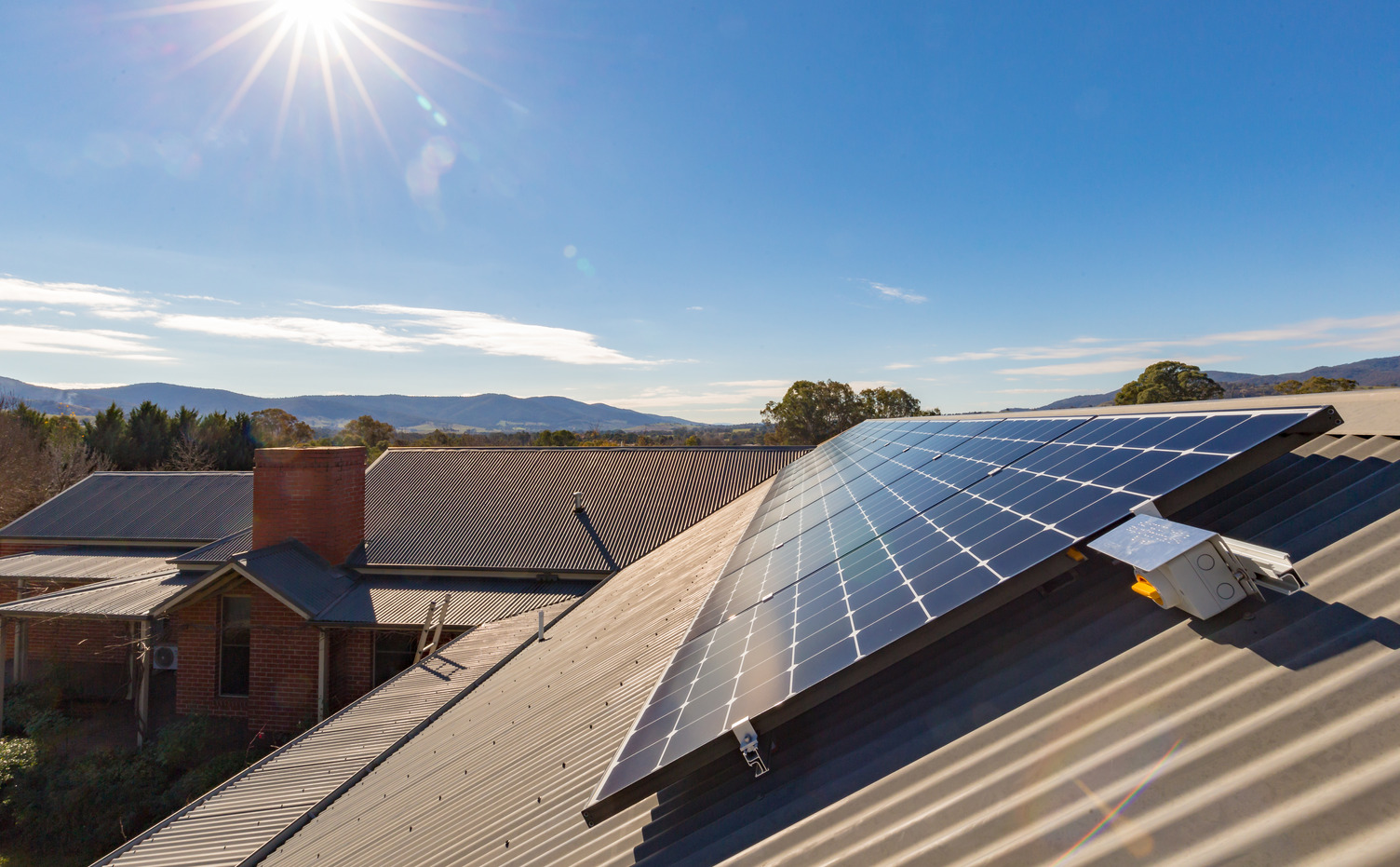How to maintain your solar system
As a solar system owner, it’s important to maintain and monitor your solar system to keep it operating at its best.
Servicing
Like a computer or your car, a solar system runs at its best when it’s properly maintained and serviced. Solar Victoria recommend that your solar system is serviced at least once every two years – your installer can also provide you with a maintenance schedule.
A solar system service should be carried out by a licensed electrician accredited by Solar Accreditation Australia. You can find a licensed electrician on the Energy Safe Victoria website.
Before booking a service, check your warranty terms and conditions in case a service performed by a different company to your installer voids your warranty.
Cleaning
Surface dirt or dust can reduce panel efficiency by up to 50% over time and that’s a lot of reduced renewable energy. Read how to best maintain your solar panels on the Solar Victoria website.
Monitor and troubleshoot your solar generation
- Check how much solar you’re generating, consuming and exporting to the grid. It could be that you’re super savvy and taking advantage of your solar as you’re generating it. If this is the case, great work! You will get the greatest return on investment by using your solar as you generate it, rather than exporting it to the grid.
- Your solar system is switched off or you have lost internet connection. If you have had electrical work done recently or have had internet issues, check that your solar system has been switched back on and reconnected to the internet. Visit your inverter manufacturer’s website for more information to troubleshoot your system. Depending on the issue, your solar installer might need to get your system working again.
- If it’s on and connected to the internet, there might be an issue with your solar system if you aren’t using much electricity during the day and you’re still not exporting any solar energy out to the grid. In this case, it might be time to contact your installer or a licensed electrician for a service.
For more information, download our solving grid export problems fact sheet (PDF, 180KB).

